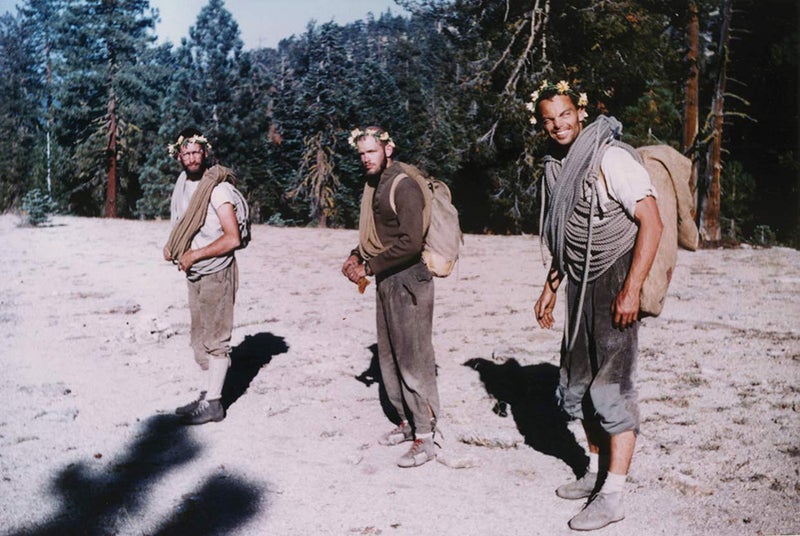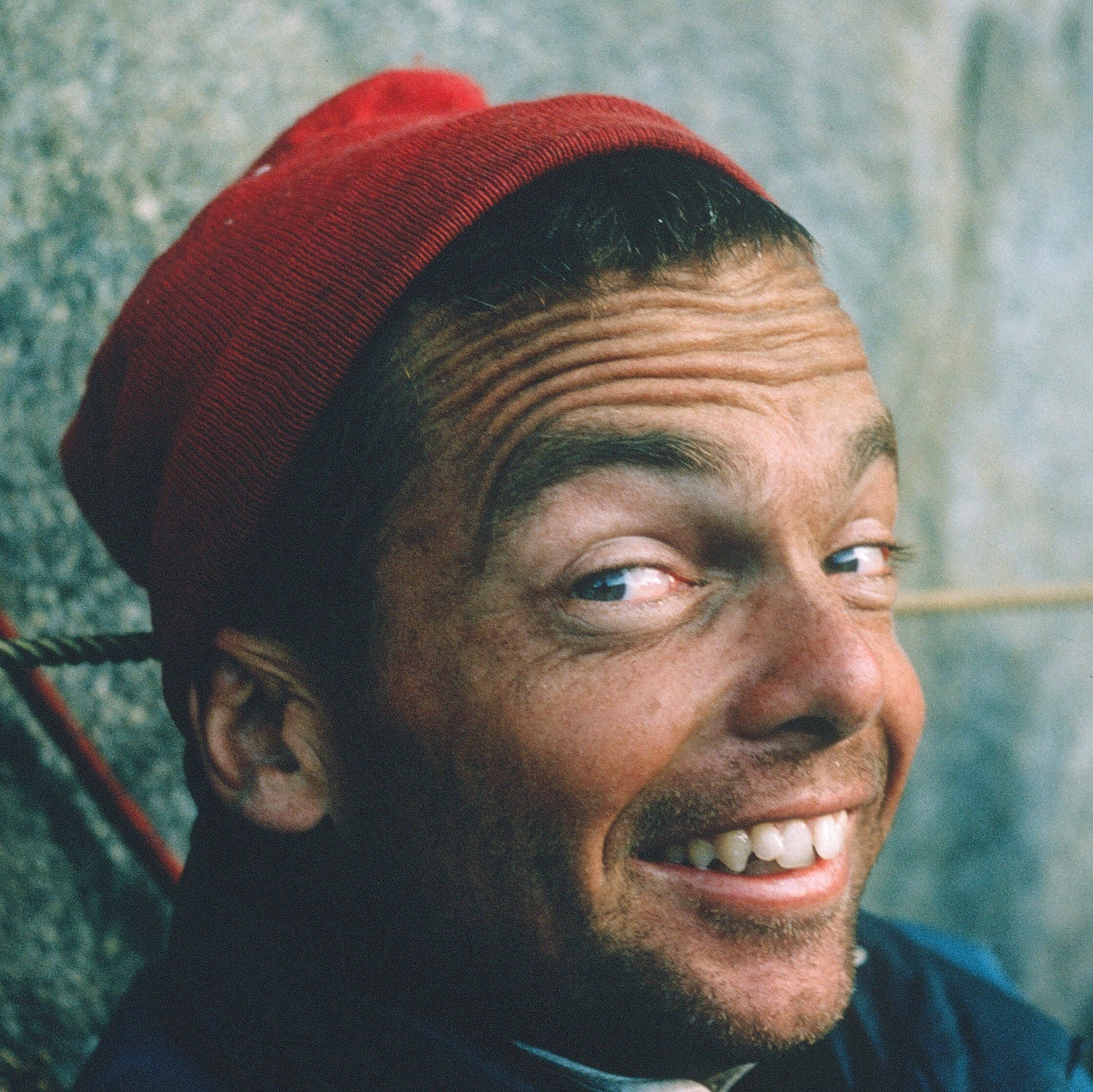On August 24, legendary climber Tom Frost lost his short battle with cancer at a hospice near his home in Oakdale, California. Frost, who was 82, was a Yosemite pioneer in the 1960s, and established some of the most famous routes in the Valley while climbing with Royal Robbins, Chuck Pratt, Yvon Chouinard, and others.
“Tom proved a great example of how to do it right,” said Alex Honnold. “He was a high-end climber who had a balanced family and work life. What a legend. Hopefully he’s satisfied with the life he lived—certainly the rest of us are inspired by it.”
Born in Hollywood in 1937, Frost attended Stanford University where he studied mechanical engineering, graduating in 1958. It was there that he discoveredĚýclimbing through the school’s Alpine Club. In the 1960s Frost was one of the major players during a period of rapid change and innovation in Yosemite known as the Golden Age.ĚýAfter college, Frost met Robbins at Mount Pacifico in Southern California. Robbins invited him to climb in Yosemite Valley and make the second ascent of the Nose route on El Capitan with Joe FitschenĚýin 1960. A year later, Frost and Robbins partnered with Chuck Pratt to author El Cap’s second route, the SalathĂ© Wall. In 1964, that trio teamed up with Yvon Chouinard to establish El Cap’s North America Wall, the most difficult route in the world at the time. Frost’s images from these ascents, shot with his Leica camera, are some of the most important and recognizable in American climbing history.

During the 1960s and '70sĚýFrost applied his engineering and design skills with Chouinard at Great Pacific Ironworks, the precursor to Patagonia. He invented the postage stamp sized piton called a RURP, and he designed the stoppers and hexes that came out in the groundbreaking 1972 Chouinard Cataloge. In 1980, he and his then-wife Dorene became founders of Chimera, which made cutting-edge lighting fixtures for the film and photography industry. Frost worked as a designer. They adopted a daughter, Marna, and later had another child of their own, Ryan.
After the Yosemite floods of 1997 and during the reconstruction process that included plans to impact the climber’s campground Camp 4, Frost spearheaded an initiative that successfully protected it and got it added toĚýthe National Register of Historic Places. It was also during this time that Frost married his second wife, Joyce, and eventually settled in Oakdale.
“He was a renaissance man from top to bottom,” Joyce said, “and he’s been an extraordinary partner for me. He’s shown me that the best thing you can do is live your life well. The gifts I’ve been given from Tom are immeasurable. I’m very happy, no regrets.”
Twenty years ago Tom and I met up in Yosemite and became friends. Over the years and up to his death he shared countless stories with me. He and I talked about far more than climbingĚýand he often gave me advice on my love life. Many times he carefully crafted stoppers in his garage while my friends and I watched, and then he gave them to us. “How you do anything,” he’d often say, “is how you do everything.”
Ěý


